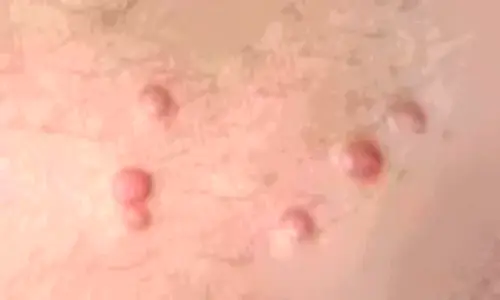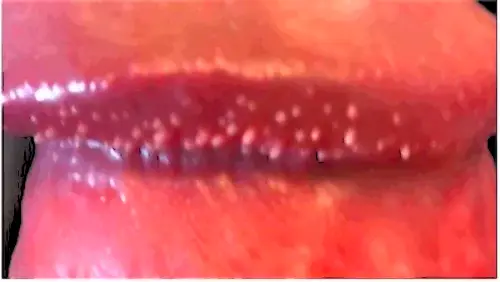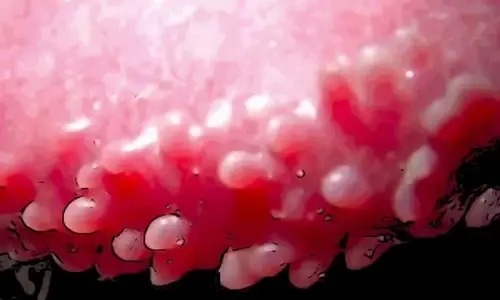Pearly penile papules (PPPs) are a source of concern for many men since intimate partners frequently confuse them with genital warts, which have a similar appearance.
How do you get rid of pearly penile papules?
If you’ve been rejected due of pearly penile papules lesions, know that in most situations, our urologist can remove them non-surgically in approximately an hour.

What Are Pearly Penile Papules?

Pearly penile papules are tiny, noncancerous/benign flesh-colored or white lumps that occur on the glans penis ridge or the penis corona. These papules, which are usually flesh-colored or white, are organized in a row or rows around the diameter of the penis. PPP are most common at the dorsal side of the corona and can completely encircle the glans, although lesions have also been recorded ectopically on the shaft of the penis.
How common are pearly penile papules?
These penile spots are extremely common, with up to 44% of men1 having pearly penile papules in varying sizes and visibility at some point in their life.
The frequency of occurrence decreases in elderly people2, indicating that the abnormalities diminish with advancing age. Circumcised males have reduced prevalence of penile papules (PPP), potentially attributed to the persistent friction on the exposed glans leading to the regression of lesions3.
What Causes Pearly Penile Papules?
Although the exact etiology is unknown4, they are thought to be a typical variation of penile skin unrelated to underlying health issues, sexual activity, or poor cleanliness.
Are Pearly Penile Papules Contagious?
Pearly penile papules are not sexually transmissible, infectious, or harmful in any manner5. Furthermore, they differ from genital warts (See image), which are caused by the human papillomavirus (HPV).
[1] Ackerman A. B., Kronberg R. (1973). Pearly penile papules. Acral angiofibromas. Archives of Dermatology, 108, 673-675
[2] Agha K., Alderson S., Samraj S., Cottam A., Merry C., Lee V., Patel R. (2009). Pearly penile papules regress in older patients and with circumcision. International Journal of STD & AIDS, 20, 768-770
[3] Rehbein H. M. (1977). Pearly penile papules: Incidence. Cutis, 19, 54-57
[4] Neinstein L. S., Goldenring J. (1984). Pink pearly papules: An epidemiologic study. Journal of Pediatrics, 105, 594-595.
[5] Johnson B. L., Jr., Baxter D. L. (1964). Pearly penile papules. Archives of Dermatology, 90, 166-167.
Why Men Get Distressed by Pearly Penile Papules
Despite their benign nature, pearly penile papules are known to cause significant distress for men due to their visual resemblance to sexually transmitted illnesses such as condyloma acuminata (genital warts). A negative reaction by a sexual partner or a refusal to be intimate with a man displaying PPP is not uncommon6.Identification and Treatment of Penile Papules
Pearly penile papules can be identified clinically by homogeneous, dome-shaped papules that orient in one to two rows around the glans penis.
Most cases can be treated and completely resolved during an approximately 30-minute office visit with our urologist using local anesthesia. Post treatment recovery is usually quick, with only a few days of minor pain.
Home treatments such as castor oil, creams, or other over-the-counter medications have not been shown to be effective, as per the Cleveland Clinic.
Treatment Cost: $3,900 (Most Commonly)
Treatment of extensive cases can cost more.
[6] Hogewoning C. J., Bleeker M. C., van den Brule A. J., Voorhorst F. J., van Andel R. E., Risse E. K., . . . Meijer C. J. (2003). Pearly penile papules: Still no reason for uneasiness. Journal of the American Academy of Dermatology, 49, 50-54

